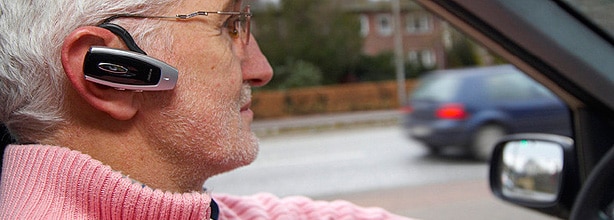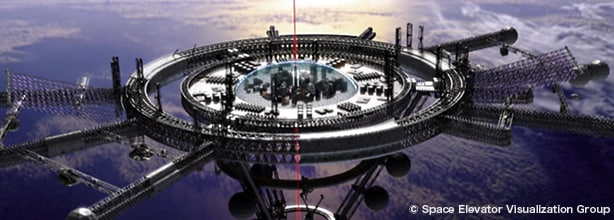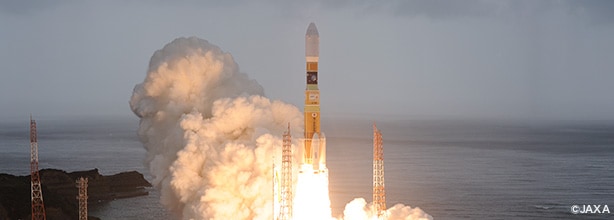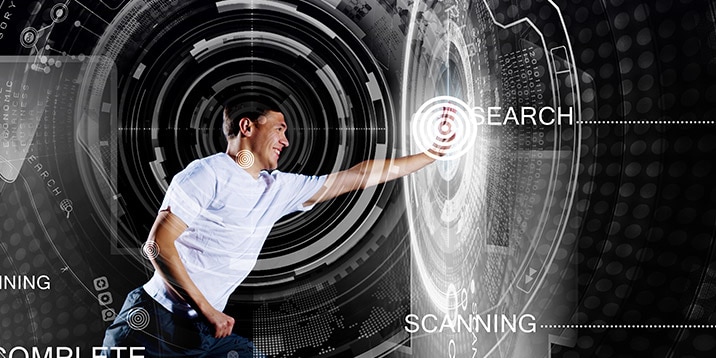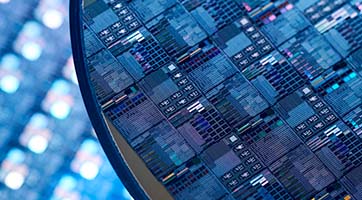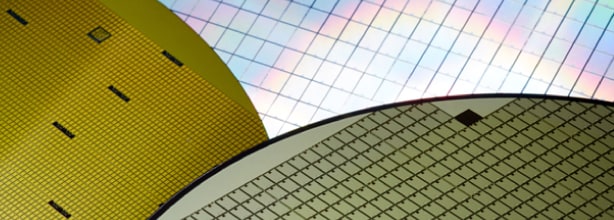
- Semiconductor Technology Now
Report Series
Part 2
Digitalization Changes
How We Work and Live
- January 31, 2018
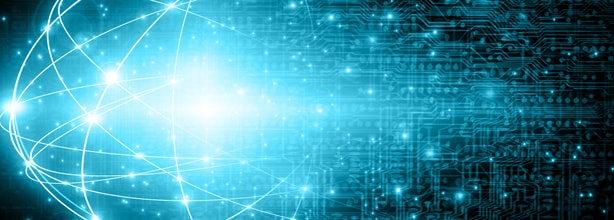
Advances in digitalization have made computers an everyday part of our lives. They are so ubiquitous that we often fail to recognize their presence. Engineers in this industry refer to things with computer-like configuration that are not computers as “embedded systems.” Digitalization has advanced through embedded systems. Digitalization has also changed communications. As a result, the Internet has become a part of our lives and provides instant access to information from around the world. In this installment, we will discuss the features of digital technology.
What are the features of digital technology? Digital technology, which uses 1’s and 0’s to express all functionality, can achieve many things that are not possible with analog technology. There are at least four major features. Digital data can be transferred at high speeds, it is easy to compress, error detection is simple, and it can be easily and highly integrated when combined with semiconductor technology.
Computers transfer data, expressed as 1’s and 0’s, internally and externally at high speeds. This allows us to readily manipulate our PCs and smartphones, to send data from a PC to a printer, or to transfer data externally via the Internet. With analog data, the signal waveform must be transferred as is. Attempts to send the signal waveform faster can corrupt it and render it incomprehensible. With digital data, the signal waveform is distinguished only by its presence, so the waveform can still be read even if there is some minor corruption.
The ease of compression is best explained with the analogy of sending a photo of the sky. A line of pixels with the same blue color can be reproduced by making copies of that pixel, thereby reducing the apparent amount of data. In this way, the heavy file can be compressed into a light data file.
Additionally, data is normally transferred in units of 8 bits (which is called 1 byte and consists of an 8-digit row of 1’s and 0’s). To check whether there are any mistakes in the data, an additional digit is added to express data as 9 bits, where the sum of the 1’s and 0’s is always forced to be an even or odd number, which is decided beforehand. Thus the rule is set and anything that deviates from that rule is defined as an error.
For example, Figure 1 gives a simple explanation of how bit errors are detected using a parity check. In a computer system that treats 8 bits as 1 byte, the sum of the numbers in the 8 bits must be adjusted to be an even or odd number. In this case, 1 bit is added as the parity bit. The sum of the numbers in the first row 10011010 is 4, which is an even number, so the parity bit is 0. The sum of the numbers in the second row 01111001 is 5, an odd number, so the parity bit is set to 1 which brings the total sum of all 9 bits to 6, making an even number. Adding a parity bit to the numbers in the 8 bits of data makes it possible in advance to always force the total of 9 bits into an even number.
During the data transfer, if an alpha ray or other cosmic ray gives off a spark that converts one of the bits in the 8-bit data from 1 to 0, or 0 to 1, one of the rows of 9-bit data will add up to an odd number. This is how errors are detected. Incidentally, a bit conversion of this kind is often the culprit when your PC freezes. We are surrounded by more than just cosmic rays. Wi-Fi waves, microwaves, and magnetic waves, from electromagnetic cookers, for example, pass through the air and can cause electrical interference (noise). Note, this bit conversion is caused by a temporary noise spike so it will return to its original state by turning the power off. This is what is meant by rebooting to return to normal.
| 8 bits | Total of 1’s | Parity bit | Total of 8 bits + 1 parity bit (always makes an even number) |
|||||||
|---|---|---|---|---|---|---|---|---|---|---|
| 1 | 0 | 0 | 1 | 1 | 0 | 1 | 0 | 4 (even number) | 0 | 4 (even number) |
| 0 | 1 | 1 | 1 | 1 | 0 | 0 | 1 | 5 (odd number) | 1 | 6 (even number) |
| 0 | 0 | 0 | 0 | 1 | 1 | 0 | 1 | 3 (odd number) | 1 | 4 (even number) |
| 1 | 0 | 1 | 0 | 0 | 0 | 0 | 0 | 3 (odd number) | 0 | 2 (even number) |
Next, the most significant advantage of digitalization is its high compatibility with semiconductor technology. When semiconductors leverage the ease of integration afforded by MOS*1 technology, Moore’s law that “the number of transistors doubles every year” becomes relevant. Only about 1,000 transistors can be integrated in an analog or bipolar transistor*2 circuit, whereas tens of thousands of transistors can be integrated into a digital circuit. This is how semiconductor MOS transistors were used to achieve the digital technology of computers.
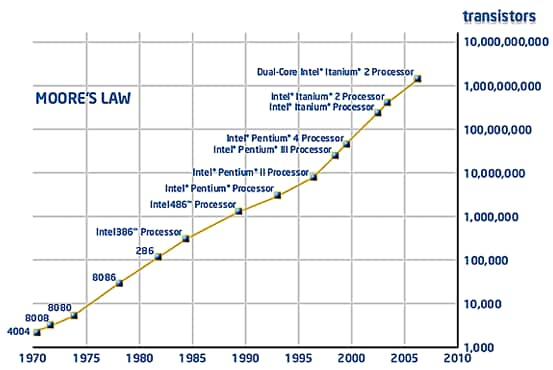 |
Footnotes
- *1
- MOS:A variant of the three-terminal transistor. Voltage is applied to the drain and source terminals, and current is allowed to flow or is stopped by applying or removing voltage to the gate terminal.
- *2
- Bi-polar transistor: A transistor over which current flows across NPN or PNP polarities. The base in the middle is made as thin as possible, and the current between the collector and emitter is controlled by passing current through the base.











